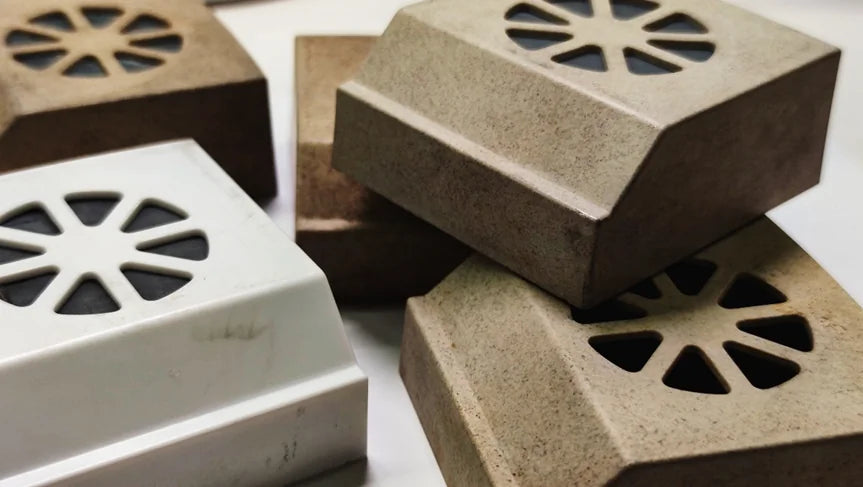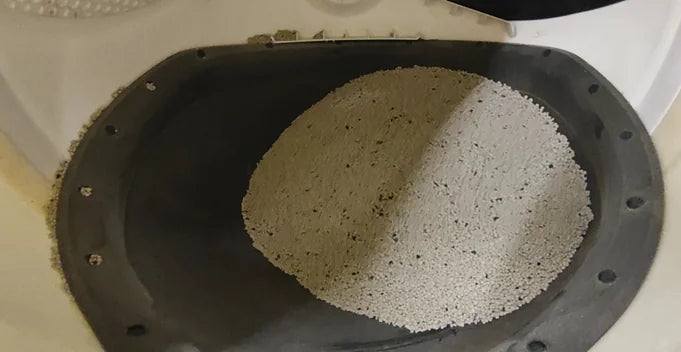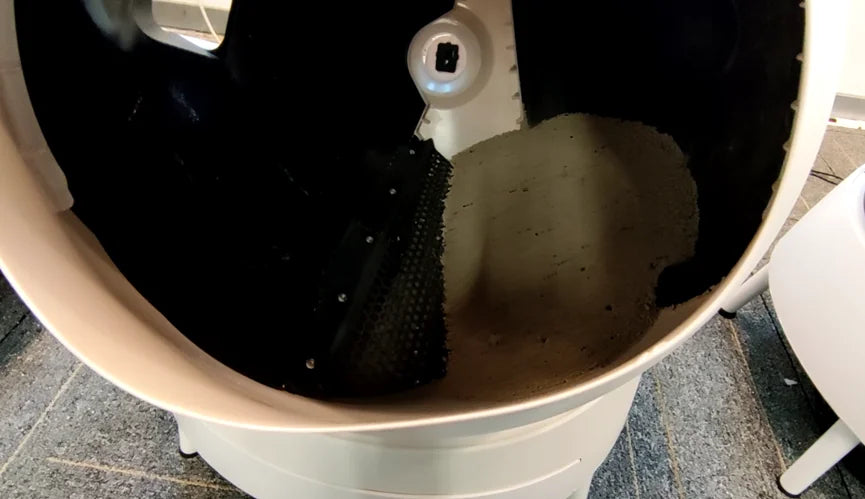In the evolution of AIMICAT's endeavors, I am delighted to present yet another chapter of our venture. As we stride forward in the realm of production, I am eager to narrate our exploration into a crucial phase: understanding the practical ramifications of mass-produced carbon boxes.
Before AIMICAT's crowdfunding launch, our team had successfully achieved an air purification efficiency in the carbon box that could contain waste for three months indoors without emitting any odor. However, upon the actual mass production of AIMICAT, we encountered unexpected challenges with the performance of the mass-produced carbon boxes. The air purification efficiency was far too rapid, causing the carbon box to lose its efficacy well before the intended three-month period.
Swiftly, we delved into the type of activated carbon particles, the pore diameter of the filter mesh, and the fan's operational mode. Activated carbon works by adsorbing odor molecules through tiny pores on its surface. Once these pores become saturated with other odor molecules, the activated carbon loses its effectiveness. After extensive testing, we selected cylindrical-shaped activated carbon particles for AIMICAT's mass-produced carbon compartments. This choice allowed both proper air circulation and extensive interaction between the airflow and the activated carbon. The diameter of the activated carbon particles also underwent extensive experimentation before confirmation.
The pore size of the filter mesh similarly affects the airflow through the activated carbon. However, if the pores are too large, carbon particles can continuously escape, making it easy to spread carbon dust when replacing the carbon box, leading to dirty hands. Again, through numerous trials and tests, we determined the specifications for the mass-produced filter mesh.
Setting the fan program proved equally intricate. We needed to ensure that noise levels were within acceptable limits while safeguarding the efficiency of air purification and the expected lifespan of the activated carbon. Thus, we settled on an intermittent fan program: the fan operates intermittently when in contact with waste and air. This design deviated from a 24/7 continuous operation to prevent excessive consumption of the carbon box, which would lead to frequent replacements and create an unfavorable user experience.
Ultimately, recognizing the consumable nature of the carbon box, we opted not to use ABS material for its production. Although ABS would offer more process control, we remained committed to environmental sustainability. We overcame challenges in injection molding production and the corrosive nature of eco-friendly materials on molds. In lieu of ABS, we chose biodegradable materials for crafting the carbon box, mitigating environmental pollution caused by discarded carbon boxes.






Leave a comment
All comments are moderated before being published.
This site is protected by hCaptcha and the hCaptcha Privacy Policy and Terms of Service apply.